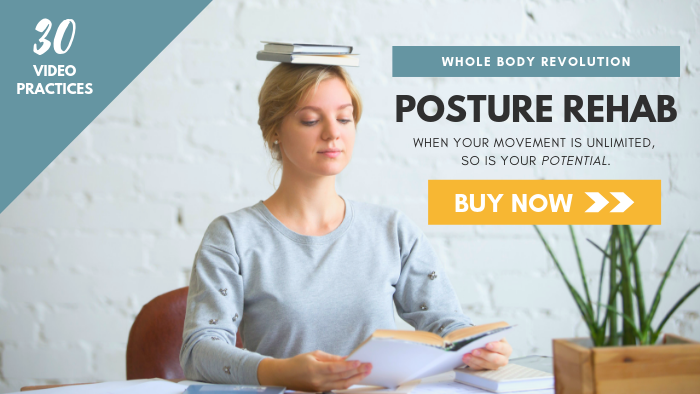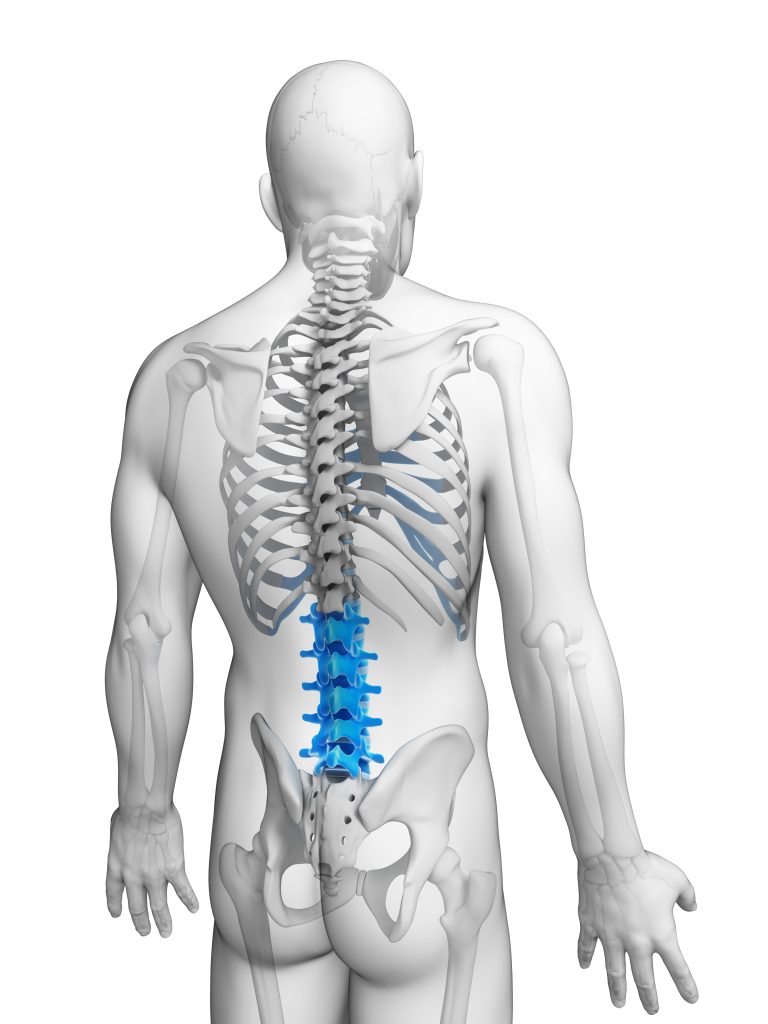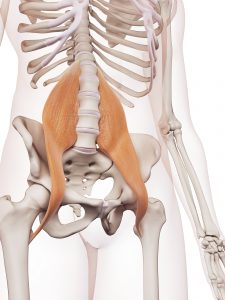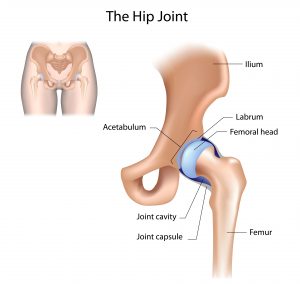You’re hurting and looking for lower back pain relief. Who are you going to call?
Probably a spine doctor.
And once you get those x-rays that say everything is fine, you might find yourself sent off with a vague diagnosis of “non-specific lower back pain.”
Look…
Consulting a doc when you’re in pain is just plain smart. You want to rule out more serious health conditions. Arthritis, bulging or herniated discs, spinal stenosis, and other disorders require skilled medical attention.
A lot of my clients are scared to go in because they’re afraid the doctor will them them they need surgery.
I get it. But…
Doctors have at their fingertips the magical powers of x-ray vision. They can look inside your body and see just exactly what’s going on.
Which is something that I quite honestly tell clients I can’t do. I can infer a lot from posture and movement, but I can’t see precisely where a disc is bulging or a nerve is impinged by the spine.
What to Do When Your Doctor Tells You There’s “Nothing Really Wrong”
A lot of times, the doctor doesn’t see anything “wrong.”
As in:
There’s nothing she can point to on the imaging to say, “This is the source of your lower back pain.”
And in these cases, the treatment options could best be categorized as playing roulette. You try stuff and hope it works.
Your doc might refer you to massage, physical therapy, or just give you a prescription for pain pills and hope for the best.
Of course, treatments usually focus on, you guessed it…
Your spine!
Massage therapists rub tight muscles in your back. Physical therapists work on core strength to support your spine. Everyone is looking at the spine and trying to fix the problem there.
Because where it hurts is where you should diagnose the issue, right?
Err, no. Not exactly.
Why Your Spine Might Not Be the Source of Your Lower Back Pain
You see, the body — your body, to be more specific — functions as a synergistic whole. What that means in plain English is that everything is connected.
Dysfunction travels up the chain and down the chain. An ankle restriction may cause knee problems. Knee issues can cause hip issues, and that brings us to…
Hip issues cause lower back pain.
While I have the utmost respect for doctors and surgeons (the work they do verges on miraculous), there seems to be very little focus or education around soft tissue.
Which just happens to be my specialty! So, this is where I jump in.
I have had clients hand me sheafs of paper outlining medical evaluations that drill down to one tiny problematic joint on one side of a single vertebra in their spine.
But they’re not getting relief from treatments focused on that area.
And this is why…
For lower back pain relief, you need to look at hip function.
How Stretching Your Hips Results in Lower Back Pain Relief
Most people who spend a lot of time in front of a computer (all of us, even me) have tight hips.
Tight hips restrict the movement of the head of your femur (the big knob at the top of your thigh bone) in the joint.
That means your leg can’t swing freely at the hip joint. Instead, your body resorts to using lower back and spinal muscles to hike up the hip in order to swing the leg for walking and running.
While you probably won’t notice pain right away from this movement pattern, over time and thousands of steps, the tension will build up. Your spine isn’t meant to take over the function of the hip joint, and this can cause unnecessary wear and tear on joints and discs.
I have found that restoring proper hip function can immediately resolve symptoms of lower back pain in many of my clients.
Some people who come into my office unable to stand up straight due to lower back pain walk out at the end of a session completely upright and pain free.
In all of these cases, I focus on improving hip mobility.
For help with stretching and mobilizing your own hips for lower back pain relief, check out the Posture Rehab video course.
I cover the hip and lower back anatomy in detail, plus provide you with guided practices to release tight hips and restore proper spinal function.





